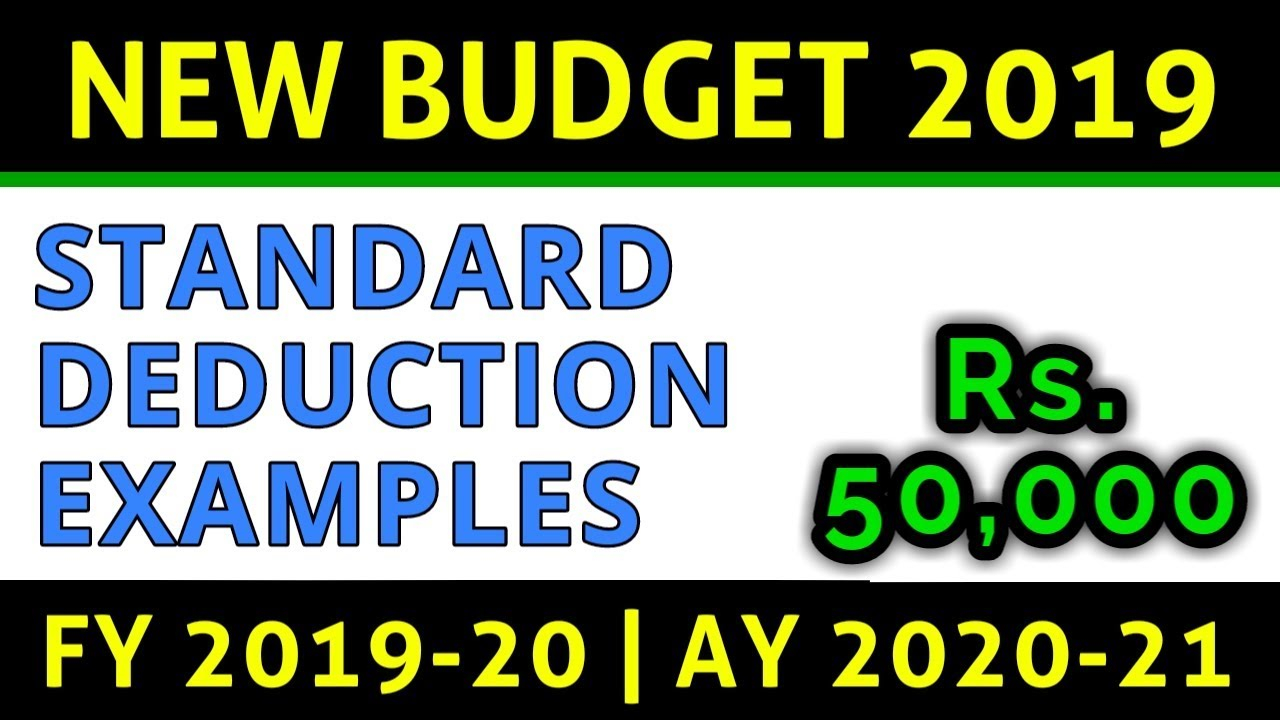

The Companion includes over 1400 peer-reviewed questions that have been developed by expert chemistry educators. In addition to questions direct from your required course text, WebAssign adopters of the 3rd edition of Chemistry, by Burdge, can also have access to this exclusive Companion collection of questions.

2.3: Mass, the Number of Subatomic Particles, and Isotopes (1).Chapter 2: Atomic Structure and the Periodic Table.1.4: Physical and Chemical Properties (5).T: WebAssign Answer Templates and Tutorials (4).Chapter T: WebAssign Answer Templates and Tutorials.


 0 kommentar(er)
0 kommentar(er)
